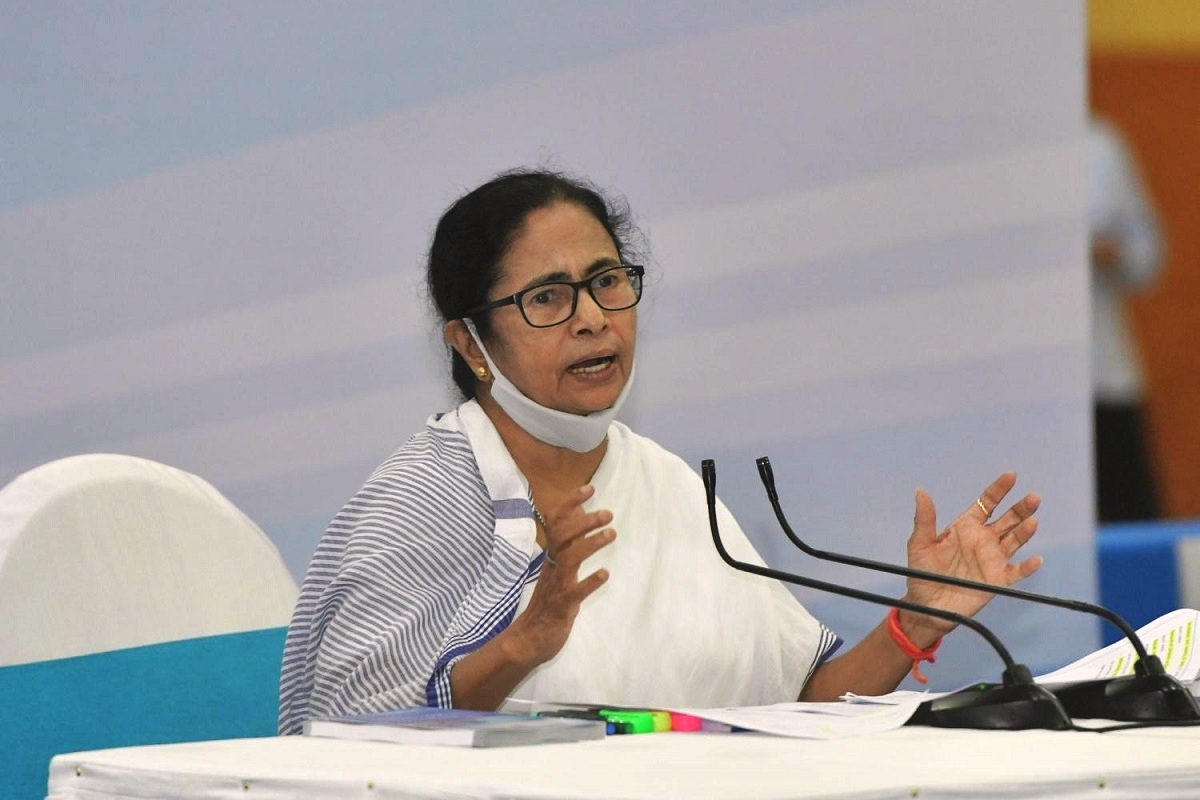The COVID-19 second wave is on the decline but in the meantime the state government in West Bengal is making arrangements to effectively tackle a likely third wave of coronavirus. The state government has set up a high-level committee to effectively control the third wave likely to hit the country in the next two months.
The committee will have its first official meeting on Wednesday to devise a plan to develop infrastructure and also determine the treatment procedure for the disease so that this time, unlike the second wave, the hospitals are not overwhelmed.
The high-level expert committee includes six doctors from SSKM including G.K. Dhali, Maitrayee Banerjee, Soumitra Ghosh, Mrinal Kanti Das, Asutosh Ghosh and Abhijit Chowdhury. Apart from that the committee includes paediatrician Dilip Pal and Bibhuti Saha and specialists in infectious disease like Yogiraj Roy and Jyotirmoy Pal.
“We could not take the advantage of the gap between the first and the second wave and get prepared for the surge in the disease but this time the health department is not leaving anything to chance and we are putting in all our resources so that we can handle the third wave effectively. We are likely to get a buffering time of two months. We want to utilise the time and make necessary arrangements,” Director of Medical Education Ajoy Chakraborty said.
“In other countries like Canada we have seen that in the third wave children up to the age group of 12 years are more vulnerable to the disease and the number of cases doubled in this phase. From that perspective, in our state the per day infection rate among children in the second phase is 3 per cent which figuratively is around 200 per days and so it is likely that it will rise up to 5 per cent to 7 per cent which will be around 500 to 700 per day,” he added.
He further said that the state government is bulk-ordering paediatric oximeters, and increasing PICU facilities as the upcoming wave is likely to affect children.
In the second wave paediatric Covid patient admissions were around 200 daily. So, assuming this will peak to 500 daily cases, we have to keep aside 5 per cent critical care units and 10 per cent high dependency units (HDUs). But we are targeting a substantially larger number. We plan to scale up paediatric intensive care units (PICU) to 500 beds and HDUs to 1,000. But, most importantly, for infants who are not even a month old, separate Covid beds will be kept in the 68 special new-born care units (SNCU) and new-born intensive care units (NICU) across Bengal,” Chakraborty said.
In West Bengal, COVID-19 cases are plummeting as 1,852 people tested positive for the infection. 2,037 more people recovered from the disease since Monday, taking the recovery rate among the coronavirus patients in the state to 97.31 per cent.











